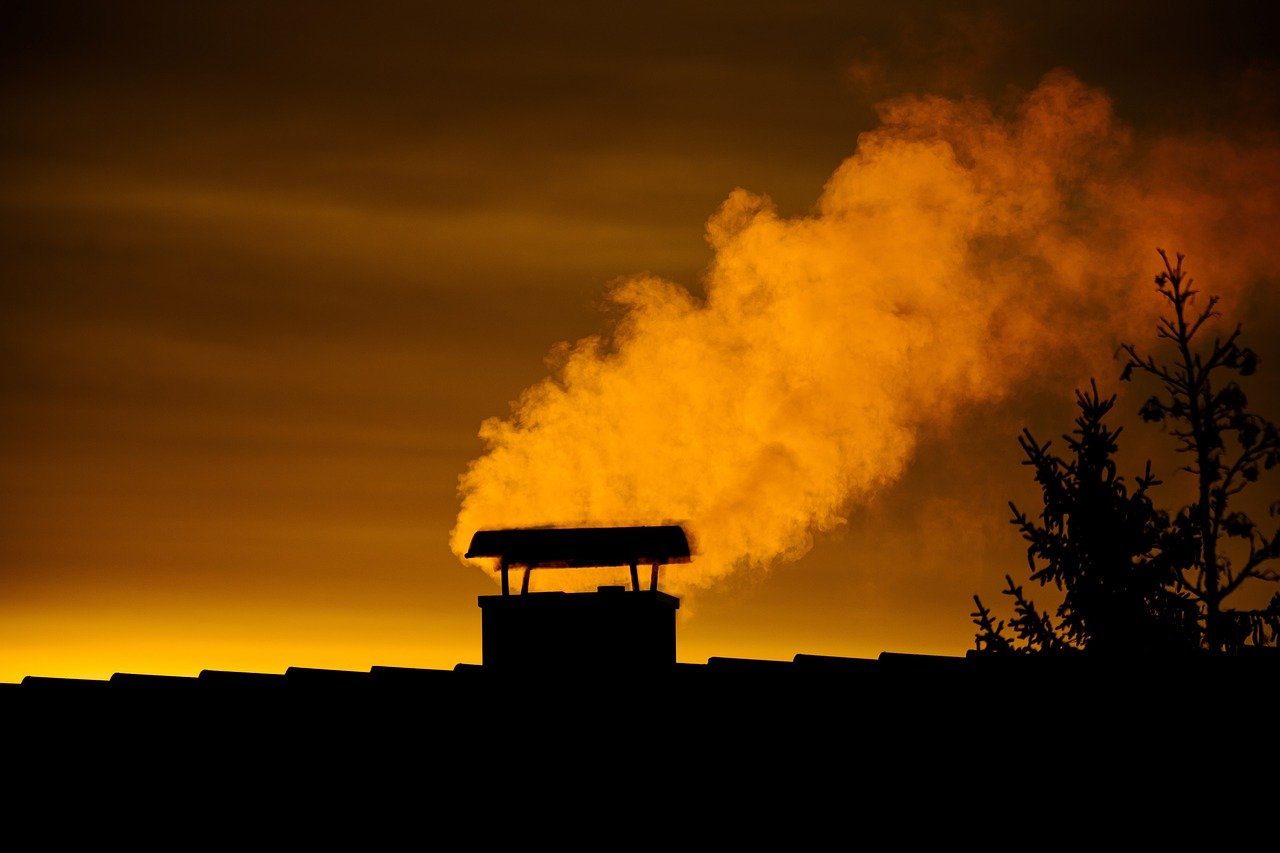The Importance of Regular Chimney Inspections
A fireplace brings warmth and ambiance to any home, but behind the cozy glow lies a structure that requires regular attention to ensure safety and efficiency: your chimney. Unfortunately, many homeowners overlook their chimney’s maintenance needs, which can lead to serious problems down the road. This is why regular chimney inspections are essential.
Why Annual Chimney Inspections Matter
Safety First, Last, and Always
Your chimney is responsible for safely channeling smoke, toxic gases, and heat out of your home. Over time, creosote—a highly flammable byproduct of burning wood—builds up on the chimney’s inner walls. If not removed, creosote can ignite, leading to dangerous chimney fires. In fact, the National Fire Protection Association (NFPA) recommends annual chimney inspections to reduce the risk of fire hazards  .
An inspection will identify creosote buildup, debris blockages, and structural issues, such as cracks in the liner or chimney cap, all of which can compromise your chimney’s performance.
Carbon Monoxide Risk
Chimneys not only vent smoke but also carbon monoxide (CO), a colorless, odorless gas produced by burning fuels. If your chimney is blocked or damaged, CO could seep back into your living space, posing a serious health risk. A thorough inspection ensures that your chimney is venting properly and preventing harmful gas buildup  .
Preventing Expensive Repairs
Regular inspections allow professionals to catch small issues before they escalate into major problems. For instance, moisture from rain or snow can seep into your chimney, causing the masonry to crack or deteriorate over time. An inspector can spot early signs of water damage, such as loose bricks or mortar, and recommend waterproofing solutions to protect your investment  .
Additionally, a damaged chimney liner can expose the masonry to heat, increasing the risk of a house fire. Replacing a liner is far less costly than rebuilding an entire chimney or repairing fire damage.
Improving Efficiency
A clean and well-maintained chimney improves the efficiency of your fireplace. When creosote, soot, or debris builds up, it restricts airflow, reducing the draft and making it harder for your fireplace to operate efficiently. Regular inspections ensure that your chimney is clear, allowing smoke and gases to exit freely and your fire to burn more cleanly .
What Happens During a Chimney Inspection?
A typical chimney inspection is divided into three levels, based on the condition of your chimney and its usage:
1. Level 1: This is the most basic inspection and is suitable for chimneys that have been properly maintained. The technician will examine all readily accessible parts of your chimney, including the flue and appliance connections.
2. Level 2: Required if there has been a change in your chimney system (e.g., a new liner or an appliance), or after a chimney fire. This level includes a video inspection of the internal structure.
3. Level 3: The most comprehensive and in-depth, this inspection is needed if there are significant problems or safety concerns. It may involve removing parts of the chimney or surrounding structure to access hidden components .
Stay Safe, Stay Warm
Chimney inspections are not just about keeping your fireplace looking clean—they’re about protecting your home and family from potential hazards like chimney fires and carbon monoxide poisoning. By scheduling a yearly inspection, you’re investing in your home’s safety, preventing expensive repairs, and ensuring your fireplace operates efficiently.
If your chimney hasn’t been inspected in a while, consider reaching out for a professional chimney service today. Your safety and peace of mind are worth it.

